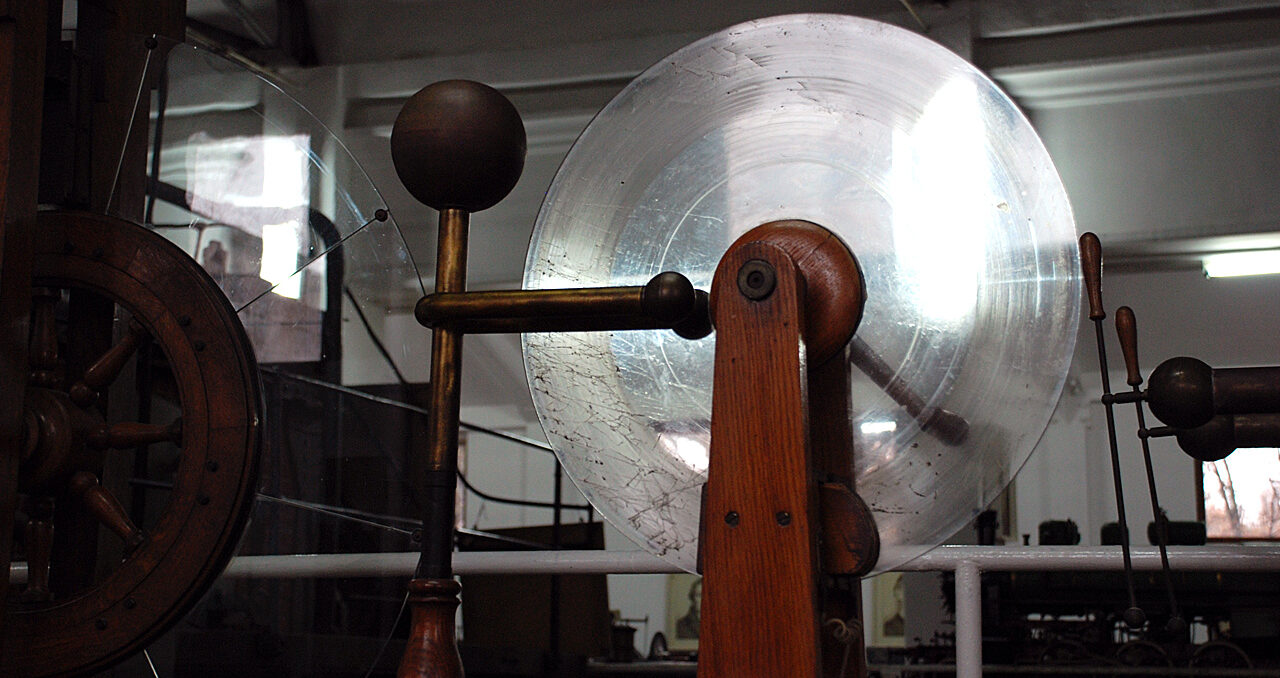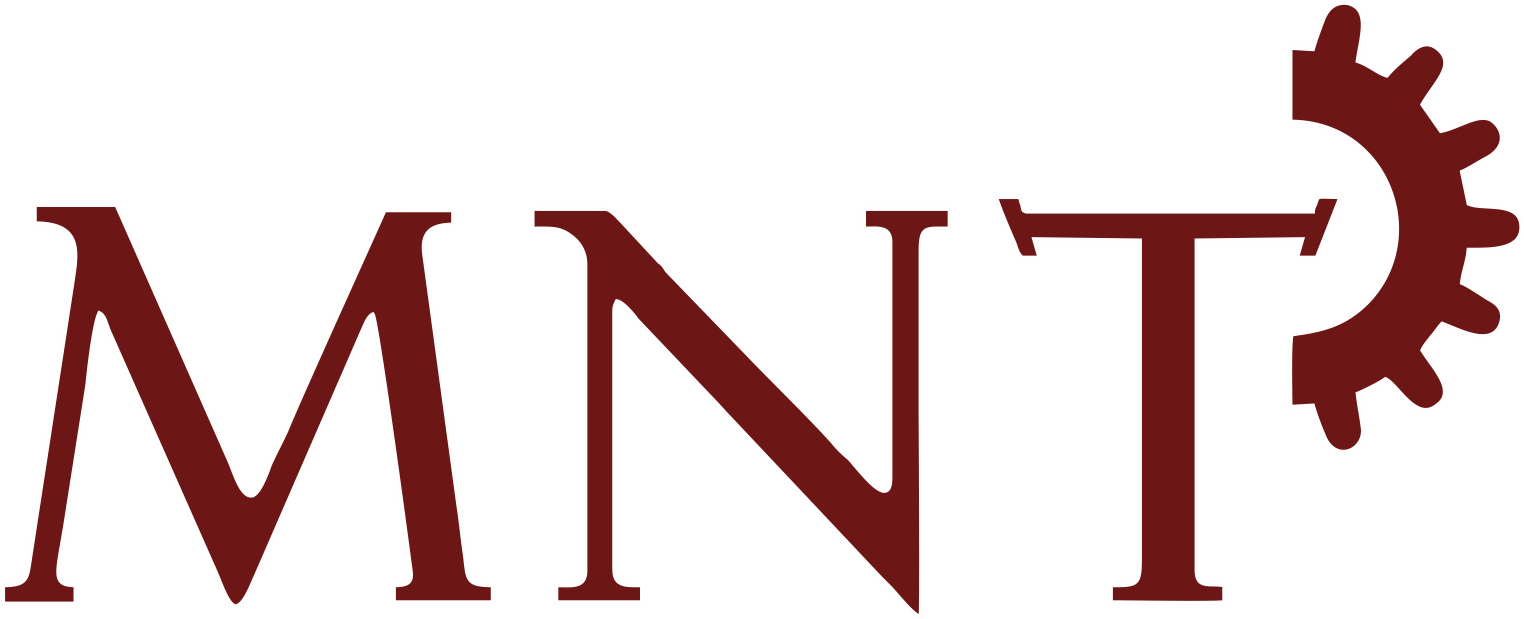Muzeul Tehnic „Prof. ing. Dimitrie Leonida”
"The Technical Museum must be a school of schools, have a pronounced didactic character,...have a character of studies and research regarding the great discoveries in science and technology, ,...have a deep national but also universal character."
– Dimitrie Leonida
Brief history of the museum
Pioneer of technical progress in Romania, Dimitrie Leonida (1883-1965) founded in 1909 the Technical Museum in Bucharest, having as a model the Technical Museum in Munich (1903), visited by Leonida throughout his university studies at the Polytechnic School in Charlottenburg (1903 -1908). The Technical Museum in Bucharest wanted to be "a school of schools" where the visitor can perfect and combine theoretical and practical knowledge.
Returning to the country in 1908, Dimitrie Leonida founded the first School of Electricians and Mechanics in Romania, the school where education was free, the expenses being borne by the founder. With his students, teacher Dimitrie Leonida collected the first pieces that constituted the core of the future museum.
Among the first objects collected by Leonida for the Technical Museum we mention:
The cylinder of the first steam engine used in Romanian industry at Gheorghe Assan's "fire mill" in 1853.
Brush dynamos from the first permanent power plants in Romania (from the plant in Calea Victoriei that served the Royal Palace and from the C.F.R. workshops in Bucharest from 1882)
The first power plant at the National Theater in Bucharest, installed in 1884 by an assistant of the great inventor Thomas Alva Edison.
The electric motor of the first electric tram car that traveled through Bucharest before electric traction was introduced in large metropolises such as Paris, London, Vienna, etc.
The museum operated in the first two years in the same building as the School of Mechanics and Electricians in Mendeleev street (formerly Primaverii), donated to the municipality by Eng. Chiru, with a testamentary clause that this building be used for education and culture by the workers.
Since 1928, the museum has been housed in one of the existing pavilions in the Carol I Park, the Bucovina Pavilion, where Leonida installed "not only the Technical Museum but also the Romanian Museum, so that the visitors, after realizing the natural riches of the country of ours, they went to the rooms where they were shown how these riches can be exploited with the help of technology."
In 1935, the museum was moved to the current building, a building built in 1934, designed by architect Traianescu and engineer P. Ganea.
On May 1, 1950, the building in Libertăţii Park (formerly Carol I) where the Technical Museum used to function was transferred to the Ministry of Electric Energy, a decisive moment for the future of the museum and its creator. Dimitrie Leonida realizing that the only way for the survival of his collection is to donate it to the Ministry of Electric Energy (ie to the state), this happened on August 10, 1951. Even though the museum was donated to the state, Professor Leonida continued to deal of his organization and management until
la sfârşitul vieţii.
On May 9, 1954, in the presence of the official personalities of the time, the museum was opened under the name "Museum of Electrification", the name under which it will operate until 1957 when it will return to the old name of the Technical Museum.
After the death of Professor Dimitrie Leonida, the museum will receive the title "Professor Eng. Dimitrie Leonida Technical Museum" through HCM no. 878 of August 20, 1965, and from 2004 it will become the "Professor Eng. Dimitrie Leonida National Technical Museum".
In the period 1954-1990 the museum functioned in the structure of the Ministry of Electric and Electrotechnical Energy, and after 1990 in the structure of CONEL, RENEL, ELECTRICA, ELECTRICA SERV.

Today the "National Technical Museum Prof. Ing. Dimitrie Leonida" is the most important technical museum in Romania in terms of the number and value of the objects owned. From a thematic point of view, the museum is organized in sectors based on branches of technical-scientific activity, each branch being presented through collections of objects that illustrate the evolution of science and technology. The museum's collections bring together over 40,000 cultural objects, which represent as many testimonies about the evolution of technology and which are gathered in 300 collections. The collections are structured according to fields of activity: mechanics, metrology, electricity, magnetism, gas discharges, atomic physics, mining, petroleum, energy, telecommunications, calculators, writing and printing, aviation and aerospace, automobile-motorcycle-velo, recording and playback of sound, cameras, filming and projection.
Impressive is the Library with over 30,000 volumes of technical, scientific, fiction books or from the memorial collection, magazines and newspapers, the Documentary Fund which includes a photo library with over 3000 clichés on glass, as well as important collections of photos, films, diplomas, projects from the period 1900-1970.
Many treasures of Romanian science and technology, as well as universal ones, are owned by the "Dimitrie Leonida" National Technical Museum in Candiano Popescu Street. Among numerous steam machines from almost 200 years ago, the sonic engine of Gogu Constantinescu (the one from which the American technology of sonic drilling was perfected and patented), the installation of the first Romanian laser (and the second, worldwide) built by the physicist Ion Agârbiceanu or the huge Babckock Wilcox boiler used in 1912 at the Grozăvesti thermal power plant, The salt extraction plant (crivac), built by anonymous craftsmen, used at Salina Praid since 1737, The engine of the first electric tram in the country, The "Krup" engine of at the "Delfin" submarine - the first submarine of the Romanian Navy put into operation in 1936, the individual reaction aircraft, "flying backpack", invented in 1958 by Justin Capră and Ion Munteanu, the first car with an aerodynamic shape built in 1923 by Aurel Persu, The engine from the plane I.A.R. 81 (1937) considered at the time in second place in the world due to its technical performance,
The Olds Patent "carriage" automobile-1898-one of the first automobiles that circulated in Bucharest or the incredible Pilă Karpen, the work of the renowned physicist engineer Nicolae Vasilescu-Karpen, are incredible testimonies, with a tradition of almost 100 years, of Romanian and universal science .
Our Team
Albani Laura-Maria
Museum director-cultural manager
e-mail : laura.albani@electricaserv.ro
Andrei Olimpia
curator
e-mail : olimpia.andrei@electricaserv.ro
Vasile Viorica
curator
e-mail : viorica.vasile@electricaserv.ro
Zamfir Mioara
curator
e-mail: mioara.zamfir@electricaserv.ro
Tache Georgeta
Conservator
e-mail: georgeta.tache@electricaserv.ro
